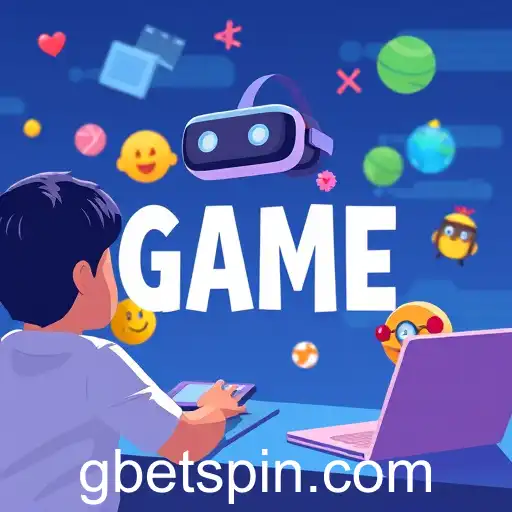GBET | Exploring the World of Educational Games: Elevating Learning through Play

In today's rapidly evolving educational landscape, the integration of technology into learning environments is no longer just an innovation; it is a necessity. Among various technological advancements, educational games have emerged as a pivotal tool in enhancing educational experiences. These games, often designed with engaging graphics and interactive content, aim to make learning an enjoyable and immersive experience.
The potential of educational games lies in their ability to combine fun with learning objectives, catering to a wide range of subjects including mathematics, science, language arts, and history. Games like 'BrainPop Jr.', 'Kahoot!', and 'Prodigy Math Game' are excellent examples that illustrate how play and education can seamlessly coexist. The integration of game-based learning tools (GBET) provides students with opportunities to practice problem-solving, critical thinking, and teamwork while maintaining a high level of engagement.
One of the key benefits of educational games is their appeal to various learning styles and preferences. Visual learners benefit from vibrant graphics and animations, while auditory learners gain from rich sound effects and narration. Kinesthetic learners, on the other hand, appreciate the opportunity to interact physically with the game, whether through touchscreen gestures or motion-based controls.
Moreover, educational games are inclusive and cater to learners across different age groups and proficiency levels. This makes them an ideal resource for classrooms as well as remote learning setups. Teachers can use these games to support their lesson plans, offer supplementary education, or even replace traditional methods where suitable.
The role of educational games extends beyond classrooms. They are also valuable tools for adults seeking ongoing learning enhancements or wanting to develop new skills. Platforms like Duolingo and CodeAcademy have made learning new languages and coding accessible and entertaining for adult learners worldwide.
As the domain of educational games continues to expand, the role of digital technology cannot be ignored. Innovations such as virtual reality (VR) and augmented reality (AR) are beginning to make their mark, offering hyper-realistic scenarios and simulations that deeply engage learners and enrich their experience.
In conclusion, educational games are reshaping the approach to learning by merging education with entertainment, thus making the process more engaging and efficient. As technology and creativity continue to advance, educational games are positioned to play an even more significant role in the future of education. Their ability to adapt to the needs of diverse learners highlights their potential to become a staple in both traditional and modern learning environments.



